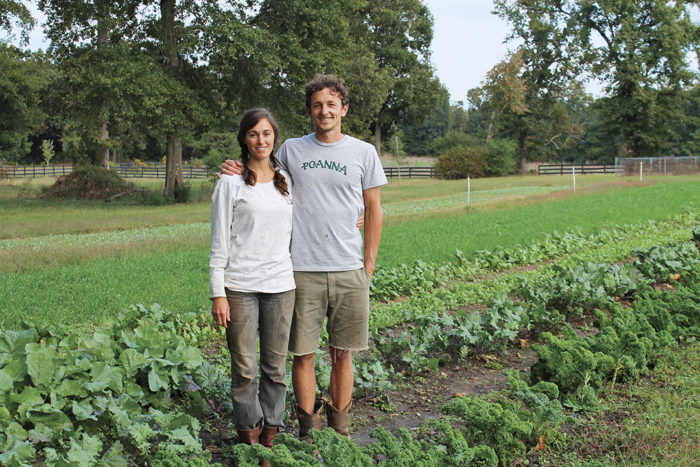
Market growers are horticultural heroes, delivering loads of fresh produce directly to local customers at farmers’ markets, community-supported agriculture (CSA) sites, and roadside stands all season long. These hardworking folks have practical, hands-on experience growing fruits and vegetables, and can be excellent mentors for backyard gardeners.
I asked small-scale fruit and vegetable growers to share the hard-earned wisdom that helps them put food on their customers’ tables week after week. They generously responded with tips and techniques that we gardeners can adapt to our own small plots. When you visit the farmers’ market, don’t forget to talk to the growers. They are a wealth of information!
Use Cover Crops Like a Pro
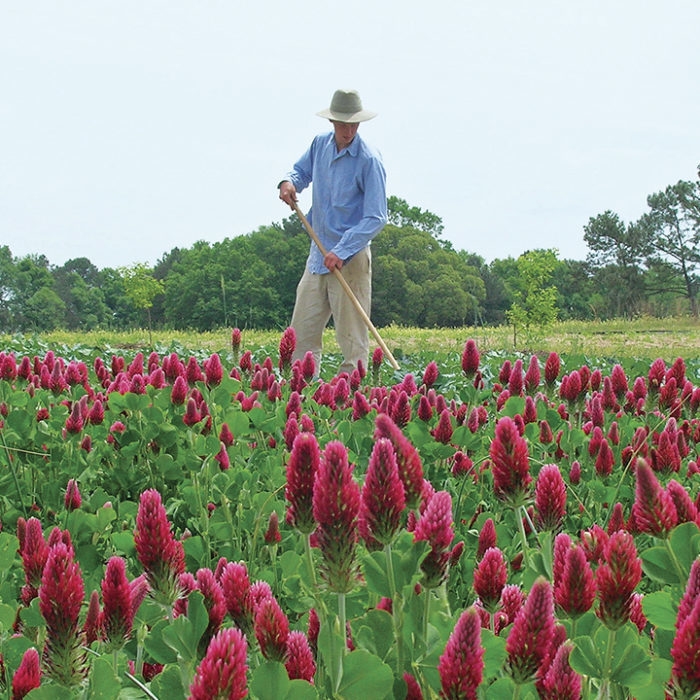
Cover crops have many advantages. They can prevent erosion by covering and holding otherwise bare soil, provide habitat or nectar for beneficial insects, and add organic matter back to the soil.
The roots of a cover crop open up the soil, allowing the plants that follow to root deeper for nutrients and water.
Cover crops also help with weeds, taking up space that weeds could otherwise occupy. Some covers, such as rye, even have allelopathic effects, which means they secrete chemicals that inhibit seed germination. This can be a great way to reduce weed pressure, but you shouldn’t follow an allelopathic cover with a direct-seeded crop. We do transplants only after a cover of abruzzi rye.
Favorite Crops
Buckwheat attracts pollinators
In spring and summer, we use a lot of buckwheat. This is a great choice if you’ve got only a short amount of time to work a cover crop into the rotation, since it takes only four to six weeks from seeding to bloom. The blooms attract pollinators and beneficial insects.
Buckwheat plants are very tender and easy to incorporate back into the soil. You can lay mulch on top of them or simply hoe them back into the soil.
Buckwheat can become a weed if it’s allowed to go to seed. We are careful to incorporate the plants a couple of weeks after they start to bloom, before they set seed.
Legumes boost soil fertility
Legumes like clover, sun hemp, and peas add nitrogen to the soil because of their symbiotic relationship with the rhizobia bacteria that live on their roots.
Legumes should be incorporated shortly after they start blooming. Once a legume plant starts putting energy into making seeds, the nitrogen that it has fixed into the soil will be used for that process.
Autumn cover crops prevent erosion and nourish spring crops
In fall, we plant crimson clover, oats, abruzzi rye, and tillage radishes. The earlier you can plant fall cover crops, the better chance they’ll have to get established and provide a solid cover over winter. Our first frost is around late October, so we try to plant our fall covers in September.
Succeed with Succession Planting
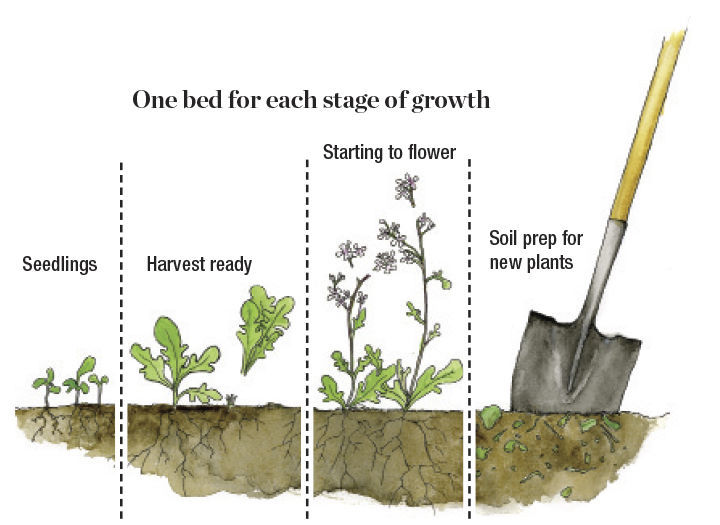
In summer, we plant many successions of dill, cilantro, mustards, cress, arugula, and lettuces to have a consistent, fresh supply for our customers. This means two to three plantings per month from May through September.
The size of the bed planted varies with the hours of sunlight in the day. When the days are longer, we plant smaller beds more frequently.
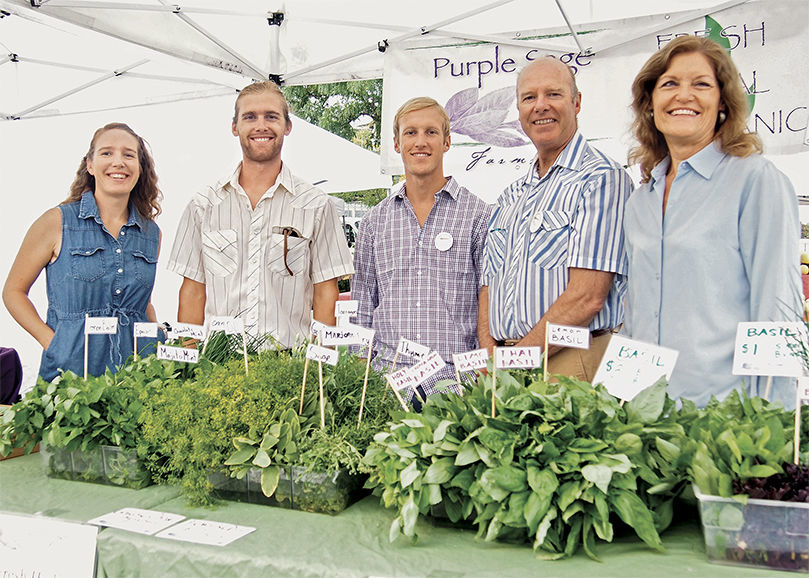
We usually have around four beds of each herb and lettuce variety growing in any given week. There’s a bed for each stage of life: one with fresh seedlings, one that is being harvested, one where the harvest is done and plants are starting to flower, and one that is being turned over and prepared for planting again.
When an overgrown bed of lettuce is knee high and just starting to flower, the plants and weeds all get chopped up and tilled into the soil to feed the microbes.
After tilling, we do a rough leveling of the soil, then water it for a few days to germinate weed seeds and digest all the plant matter. When the weeds sprout, we hoop-hoe the bed to incorporate the seedlings, level the soil again, mark the lines, and plant our crop. The bed is wet enough to germinate after three days of watering. Then the race to harvest begins again.
Extend the Season with Cold-Hardy Greens
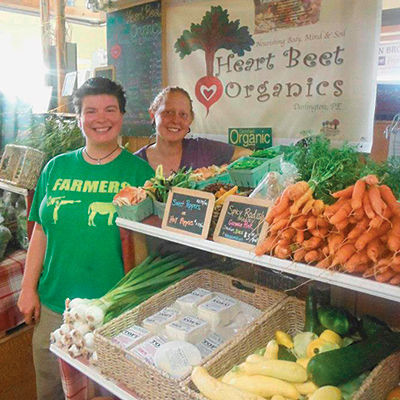
Our Prince Edward Island summers are relatively short. We extend the growing season by planting cold-hardy crops like kale, spinach, lettuce, Brussels sprouts, arugula, and bok choy. When exposed to cold, these plants produce sugars that act as natural antifreeze, making them incredibly sweet.
We typically seed our winter crops in September, knowing that once the day length drops below 10 hours, most plants will go dormant. But with adequate protection, the plants can hold quite well through the darkest days of winter and start growing again in February, when the days start to lengthen.
We have gotten great results overwintering greens in our unheated greenhouse using floating row cover for extra protection. Winter crops can also be grown in a cold frame, under a low tunnel, or under a layer of row cover supported by wire hoops. Snow cover cuts down on the amount of light your plants get, but it will provide some extra insulation.

Give Your Melon Crop a Head Start
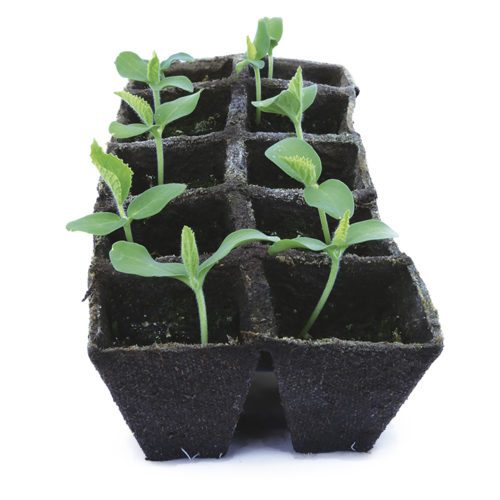
Melons grow best in warm weather, and many varieties take a long time to mature. To have melons ready for market earlier in summer, we start the seeds in late April, about a month before the soil warms and transplants can be set out in the fields.
We start our melons in peat pots to help minimize root disturbance and feed the seedlings with a balanced fertilizer (20-20-20). We also make sure to space the seedlings out so that individual plants have plenty of light and air. We start hardening the seedlings off about one week before they are set out. In late May or early June, the plants go into the field, and by the end of July, we are bringing basketloads of ripe melons to market.

Farmers’ Market Shopping Tips
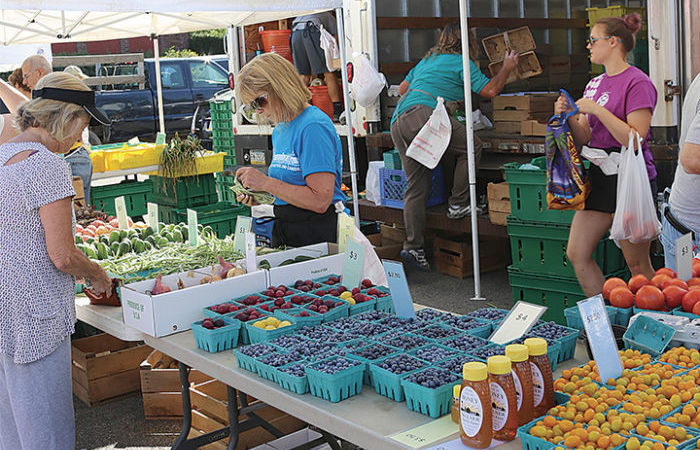
For fruits and veggies that are almost as fresh as the ones from your own backyard, visit your local farmers’ market. Here are some shopping tips from The New Mexico Farmers’ Marketing Association:
Don’t bring a list
You never know what you’ll find at a farmers’ market from week to week. Walk around the market, and make your decisions based on what looks good to you and what’s in season. Then it’s easy to go home and plan your meals around what you bought.
Shop early for variety
You’ll find the best selection early in the day. Try to get to the market when it first opens.
Browse before buying
Take time to taste and compare the offerings and prices of different vendors.
Be eco-friendly
Bring your own bags and baskets. If you have a long trip home, bring a cooler to keep your goodies cool and fresh.
Ask questions
See something at the market you don’t recognize? Ask the farmer about it. Unlike most places, many farmers will let you taste before you buy, and they can also give you ideas for cooking and proper storage. There’s no better way to learn about your food than by directly asking the people who grow it.
Stock up at the peak of the season
See tomatoes at nearly every booth at the market? They’re likely at the peak of their season, which means they are going to be full of flavor and offered at a great price. When you get your bounty home, put food away to enjoy all year long by canning or freezing.
Store food to last
Put all greens (lettuces, chards, etc.) in plastic bags in the fridge. Tomatoes, garlic, potatoes, and onions should always be stored at room temperature. Some hard squashes can last for months stored at room temperature in a dark place.
Make it a habit
Becoming a regular market shopper is a great way to get to know local farmers, support your local economy, and connect with the seasons and environment.
Carol Collins is the assistant editor.
Photos, except where noted: Carol Collins
Fine Gardening Recommended Products

Gardener's Log Book from NYBG
Fine Gardening receives a commission for items purchased through links on this site, including Amazon Associates and other affiliate advertising programs.

Chapin International 10509 Upside-Down Trigger Sprayer
Fine Gardening receives a commission for items purchased through links on this site, including Amazon Associates and other affiliate advertising programs.

Razor-Back Potato/Refuse Hook
Fine Gardening receives a commission for items purchased through links on this site, including Amazon Associates and other affiliate advertising programs.


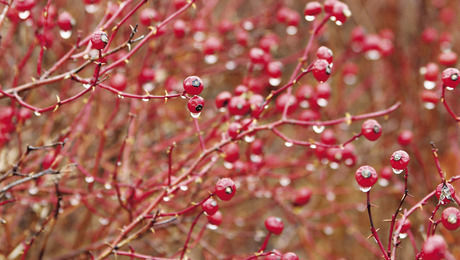

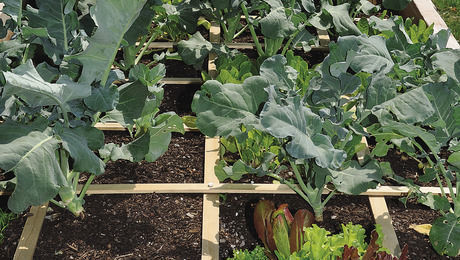
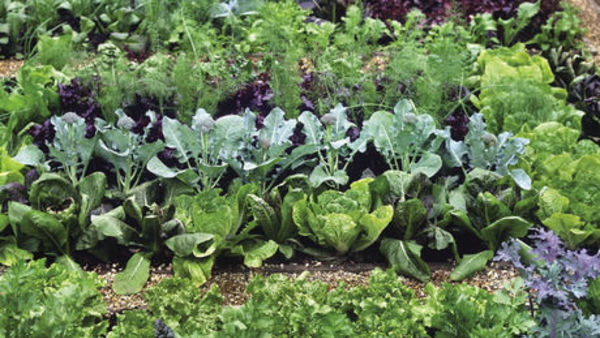













Comments
nice
It was very interesting for me to read the secrets of farmers' success, because my grandfather is a farmer and his business is quite large-scale and successful. My grandfather is very modern and uses modern management methods and even became interested support department definition I'm not sure that this approach will be relevant for the farming business, but I trust my grandfather's entrepreneurial talent. Let's see what will happens.
Hi all. I just got some cool and useful information for business owners in 2022. If you learn in detail about florida llc . You'll be surprised what a cool service it is. And would love to use it. Becoming an entrepreneur is now even easier than it used to be. I wish everyone good luck. The main thing is do not be lazy to learn information in detail.
I am glad to see successful entrepreneurs. But I would like to share with you a blog https://www.pandadoc.com/blog/difference-between-electronic-contracts-and-traditional-contracts/ from which you can learn the main difference between an electronic and a traditional contract. Of course, modern technologies make adjustments to the maintenance of business documents. in my opinion, it is now more convenient and easier to create and sign electronic contracts.
Log in or create an account to post a comment.
Sign up Log in